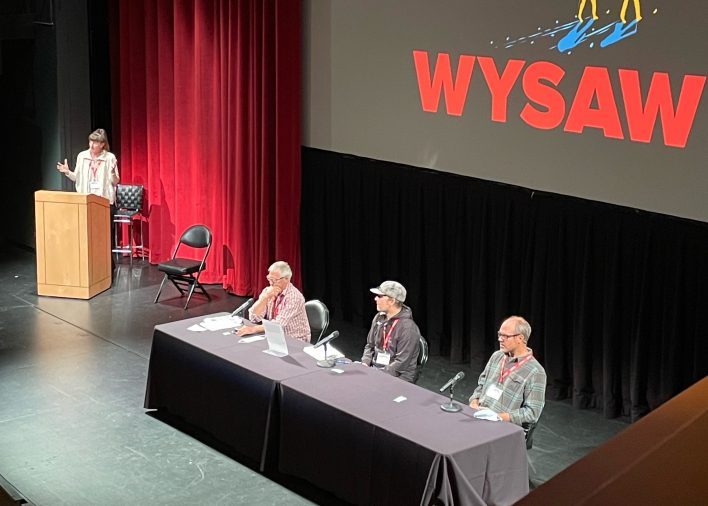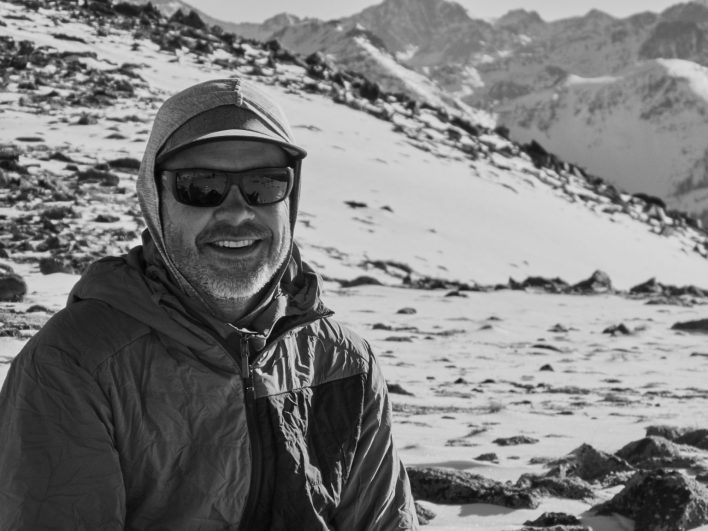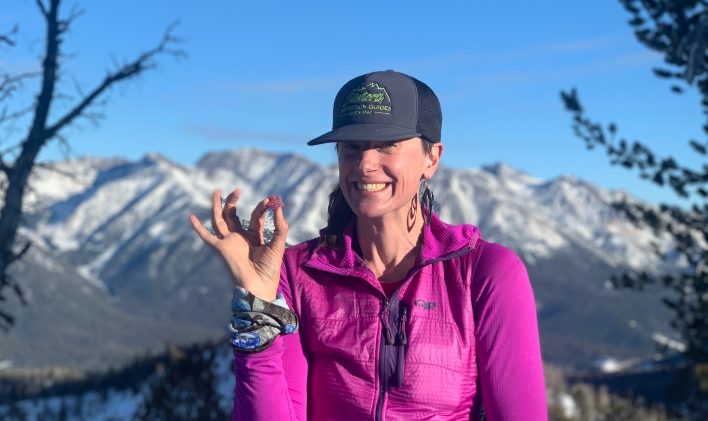
A few weeks ago, avalanche professionals, skiers, guides and laypeople assembled at the Center for the Arts in Jackson, Wyoming, for the seventh annual Wyoming Snow and Avalanche Workshop (WYSAW). I was not there. Instead, I was at home in sweatpants, watching the livestream. Though I would have enjoyed being there, Covid-19 protocols limited in-person attendance, and I happened to throw my back out the day before and appreciated the chance to learn while sitting on a heating pad for hours.
Despite the ache in my lumbar, WYSAW inspired me to start thinking about winter objectives, but it left me questioning my approach to big lines. This year’s themes were risk and risk tolerance; in particular, Chris Lundy, a forecaster with the Sawtooth Avalanche Center, and Margaret Wheeler, an internationally certified guide, argued that skiers and riders are generally are taking on too much risk and our terrain selection methodology needs to be dialed back. So as the snow line creeps ever lower and you start daydreaming about the skintracks you want to set, here are some of the most salient points from WYSAW to keep in mind.
“You Are Taking Too Much Risk”
Skiers might not even realize it, but the way the backcountry community looks at risk has shifted in the past couple decades. Lundy referenced Saddle Peak, a backcountry spot adjacent to Bozeman, Montana’s Bridger Bowl Ski Area. Twenty years ago, he said, skiers waited for “bomber,” conditions on the peak—when they were certain the snowpack was stable—and he skied it only a handful of times in the years he lived there. Now, the mountain, just a 30-minute walk from the ski area boundary, is tracked up on most powder days.

At a community level, that movement involves “risk creep,” Lundy said. People see tracks on a face a few times, so they begin to change their perception of its danger, and that trend compounds over the years. “We’re probably taking more risk in the backcountry than we were 10, 20 or 30 years ago. And it’s happening slowly; it may not be very noticeable.”
You’re Probably Looking at Terrain Wrong
Many skiers, Lundy posited, approach terrain selection in a certain way. They start by choosing a higher-consequence line, one that is certainly in avalanche terrain. Then they rule it out if the conditions seem too dangerous. He wants people to reverse how they consider avalanche terrain. “You’re starting from the place of, ‘I’m going to go to a steep avalanche-prone slope,’ and uncertainty means it’s harder for us to convince ourselves we should not go there,” he said.
Instead, he argued, the default terrain should be safe slopes, ones he called “avalanche proof.” Then, avalanche terrain can be ruled in only if there is no uncertainty about its stability. “This means we need make friends with OGP, which stands for old guy or girl powder,” he said.
“Culture eats strategy for breakfast“
As my fellow editors reported in our recent Avalanche Issue, participation in AIARE Level 1 courses has grown dramatically, but Margaret Wheeler, a longtime internationally certified guide, pointed out that other inputs like ski films and social media dwarf the three days that people spend in a Level 1. “If you consider a contest between culture and education,” she said, “my bias is that I think culture is probably going to win.”

Despite avalanche educators’ best efforts to instill good habits in their students, she said, the minute they complete a course they return to being inundated by ski media (including Backcountry Magazine), Instagram and other reminders that skiers are getting rowdy in the mountains. It’s an uphill battle to create a culture that prioritizes education and strategy over the prevailing stoke.
What can you do about it?
Lundy and Wheeler’s remarks were, in some ways, bleak, but they weren’t all doom and gloom. We can recognize the impacts of backcountry skiing culture, Wheeler said, and course correct. For instance, Wheeler said her culture (the people around her) can sometimes discourage debriefing mistakes, admitting errors or conservative mindsets, even unintentionally. On the surface, that’s not great, but that awareness can be a starting point to developing new habits. As you go into this season, ask yourself questions about the culture that surrounds you. Is it self-reflective? Are dissenting voices heard and acknowledged? What do you value in a ski day?
On a similar note, Lundy advocated a change in perception, especially for those who set avalanche terrain as their default choice. “Most of us have the same goal in mind,” he said. “We want to live a long life of backcountry adventure. We don’t think even the best path to run is worth dying for.” But the desire for powder turns can blind us, so he suggested a short reminder for making decisions: “Hell yes, or no way?”
If you take Lundy’s advice this season, when you can’t say, “Hell yes” that a run is safe, you better say, “No way.”











Related posts:
The Snow Pro: Donny Roth talks risk, communication and guiding around the world
Mountain Skills: Bruce Tremper on 20 years of education, safety and snow science
Mountain Skills: Hydrate or Die
Mountain Skills: When is it OK to go Big?